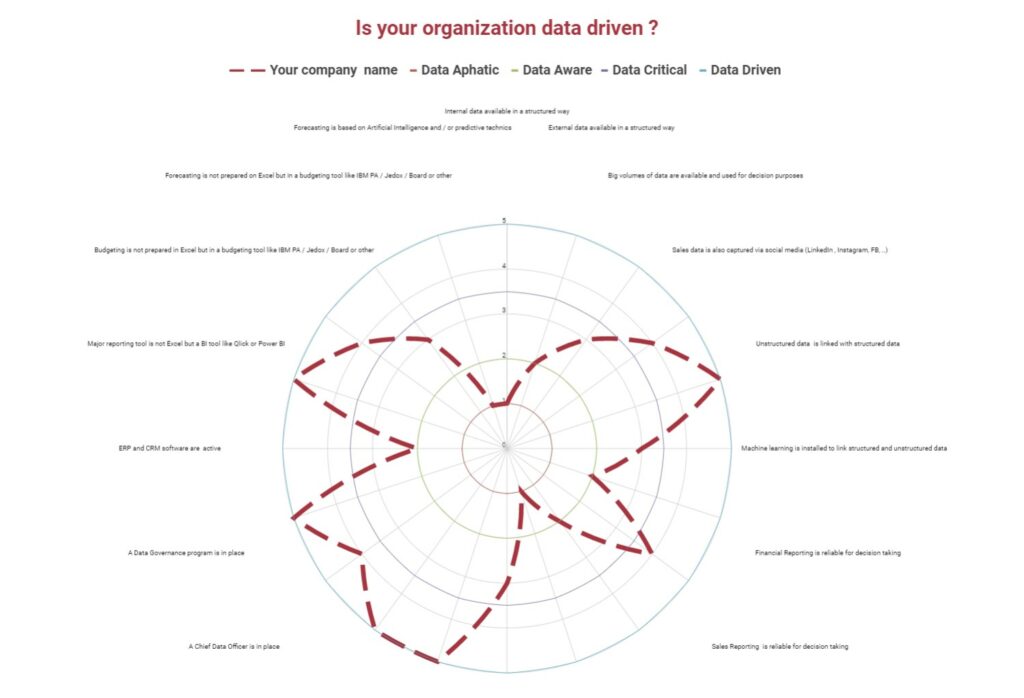What is Corporate Performance Management (CPM)?
Corporate Performance Management involves a set of tools and processes that help businesses plan, monitor, and manage their financial activities effectively. Think of CPM as a toolbox that helps a company keep track of its money, plan for the future, and make sure it’s hitting its targets.
The Three Key Parts of CPM
CPM focuses on three main areas:
- Goals: This is all about setting targets. Whether it’s earning more money next year or cutting costs, CPM helps companies outline these goals clearly and figure out a financial plan to achieve them.
- Data: Data is like the fuel for CPM. It involves gathering all sorts of numbers and information about how the company is doing. This helps companies see if they’re on track to meet their goals or if they need to adjust their plans.
- Action: This is where companies use the information they’ve gathered to make decisions. If things aren’t going as planned, managers can step in, tweak the strategy, and get things back on track.
How Financial Planning and Analysis (FP&A) Fits In
Within the CPM framework, there’s a special team called Financial Planning and Analysis (FP&A). This team is crucial in helping business leaders make smart decisions.
What FP&A Does to Help Businesses
- Teamwork: FP&A team work closely with different parts of the company like Marketing or Production to understand their needs and financials.
- Sorting Data: They look at all the financial data and pick out what’s important (signals) and what’s just noise (less important info).
- Making Forecasts: They use past data to predict what could happen in the future financially, helping the company prepare better.
- Storytelling: After all the number crunching, FP&A experts tell a story with the data to make it easier for everyone to understand what it means for the company’s future.
The Role of Automation in CPM and FP&A
Nowadays, technology helps automate many of the tasks involved in CPM and FP&A. This means:
- Faster Data Collection: Gathering data automatically saves time and reduces mistakes.
- Quicker Analysis: Automation can process numbers faster, providing insights more quickly.
- Efficient Planning: With automation, planning becomes more synchronized and accurate, aligning closely with the company’s goals.
Conclusion
In essence, Corporate Performance Management is about guiding a company to financial success through careful planning, continuous monitoring, and strategic adjustments based on solid data. With the aid of FP&A teams and modern automation tools, companies can navigate the complexities of business with more confidence and efficiency, setting themselves up for ongoing success and growth.


















